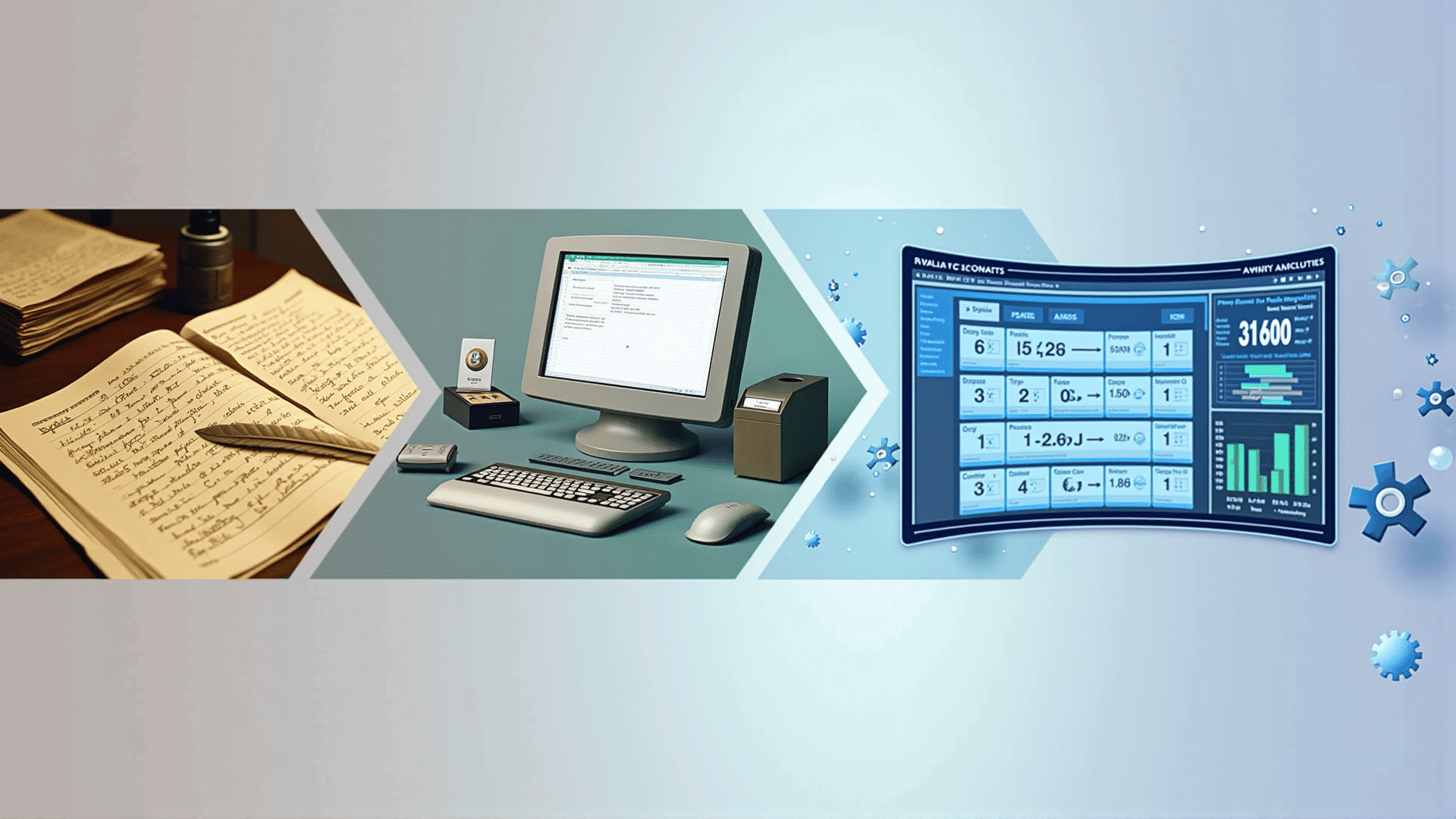The journey of payroll systems has been a fascinating one, marked by significant technological advancements that have transformed the way organizations manage employee compensation. From the days of manual record-keeping to the emergence of sophisticated platforms, the evolution of payroll systems has been instrumental in enhancing efficiency and accuracy in managing workforce-related data.
In the early stages, payroll processes were heavily reliant on manual labor. Employees’ hours were tracked on paper, and calculations required to determine earnings were performed with calculators, often resulting in errors and inconsistencies. This traditional approach was not only time-consuming but also prone to mistakes, leading to dissatisfaction and complications in maintaining accurate records.
The introduction of computer technology in the latter half of the 20th century began to reshape the payroll landscape. Early software solutions, while basic, paved the way for automating tasks that were previously done by hand. This shift led to increased accuracy and reduced the burden on human resources personnel, allowing them to focus on more strategic aspects of workforce management.
As technology continued to advance, the payroll systems evolved further with the integration of electronic time tracking. Devices such as punch cards and electronic clocks enabled more precise recording of employee hours, minimizing human errors and providing a more dependable basis for processing earnings. This development marked a significant leap in payroll management, enhancing both reliability and the speed of processing wage calculations.
The digital age brought about unprecedented changes, with cloud-based platforms revolutionizing the way payroll systems operated. These platforms offered unmatched flexibility, allowing businesses to manage payroll from virtually anywhere with an internet connection. Features like real-time data access, automated compliance updates, and integration with other systems streamlined operations, making it easier for companies to adapt to changing regulations and workforce dynamics.
The incorporation of artificial intelligence and machine learning has recently taken payroll systems into new dimensions. These technologies enable predictive analytics that can offer insights into employee attendance patterns and performance trends. Such capabilities empower organizations to make more informed decisions regarding talent management and operational planning.
In addition to their operational benefits, modern payroll systems have also transformed the employee experience. Self-service portals now allow team members to access personal information, track their hours, and review earning statements at their convenience. This not only enhances transparency but also fosters a greater sense of control among employees over their employment data.
The evolution of payroll systems exemplifies the impact of technology on traditional business processes. By continuously adapting to technological advancements, these systems have not only improved accuracy and efficiency but have also played a pivotal role in shaping modern workforce management practices. As technology continues to advance, payroll systems are likely to keep evolving, offering even more enhanced features and capabilities to meet the dynamic needs of organizations worldwide.
